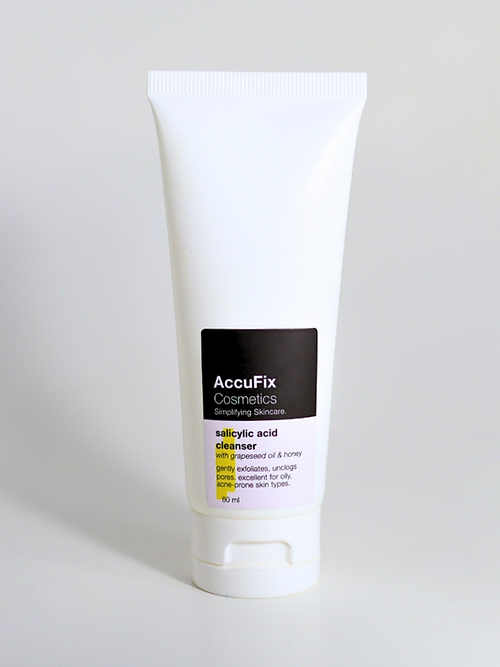Acne is a common skin condition that affects people of all ages, and finding an effective solution to combat it is a continuous pursuit. One key ingredient that has gained significant attention in the realm of skincare is salicylic acid. This article explores the role of salicylic acid in acne cleansers, its benefits, and how it can contribute to achieving clearer and healthier skin.
Understanding Salicylic Acid: Salicylic acid Acne Cleanser is a beta-hydroxy acid (BHA) known for its ability to penetrate the skin’s pores. Derived from willow bark, it has been a staple in skincare for its exfoliating properties. Unlike alpha-hydroxy acids (AHAs), salicylic acid is oil-soluble, making it particularly effective in targeting oily and acne-prone skin.
How Salicylic Acid Works: The primary function of salicylic acid is to exfoliate the skin by dissolving excess oil and dead skin cells that can clog pores. By doing so, it helps to prevent and treat acne breakouts. Additionally, salicylic acid has anti-inflammatory properties, making it beneficial for reducing redness and inflammation associated with acne.
Benefits of Salicylic Acid in Acne Cleansers:
- Unclogging Pores: Salicylic acid works deep within the pores to remove debris and prevent the formation of blackheads and whiteheads.
- Exfoliation: By promoting the shedding of dead skin cells, salicylic acid encourages cell turnover, leading to a smoother complexion.
- Oil Control: Its oil-soluble nature allows salicylic acid to cut through excess oil on the skin’s surface. Making it an effective solution for those with oily or combination skin.
- Reduction of Inflammation: The anti-inflammatory properties of salicylic acid help soothe irritated skin and reduce the redness associated with acne.
Choosing the Right Acne Cleanser: When selecting an acne cleanser containing salicylic acid. It’s essential to consider factors such as your skin type and the concentration of salicylic acid in the product. Starting with a lower concentration and gradually increasing can help minimize the risk of irritation. Especially for those with sensitive skin.
Conclusion: Salicylic acid, found in many acne cleansers, offers a multifaceted approach to treating acne by unclogging pores, exfoliating the skin, controlling oil production, and reducing inflammation. Incorporating a salicylic acid acne cleanser into a regular skincare routine can contribute to achieving clearer and healthier skin. As with any skincare product, individual results may vary. So it’s advisable to consult with a dermatologist to tailor a regimen that best suits your skin’s needs.



